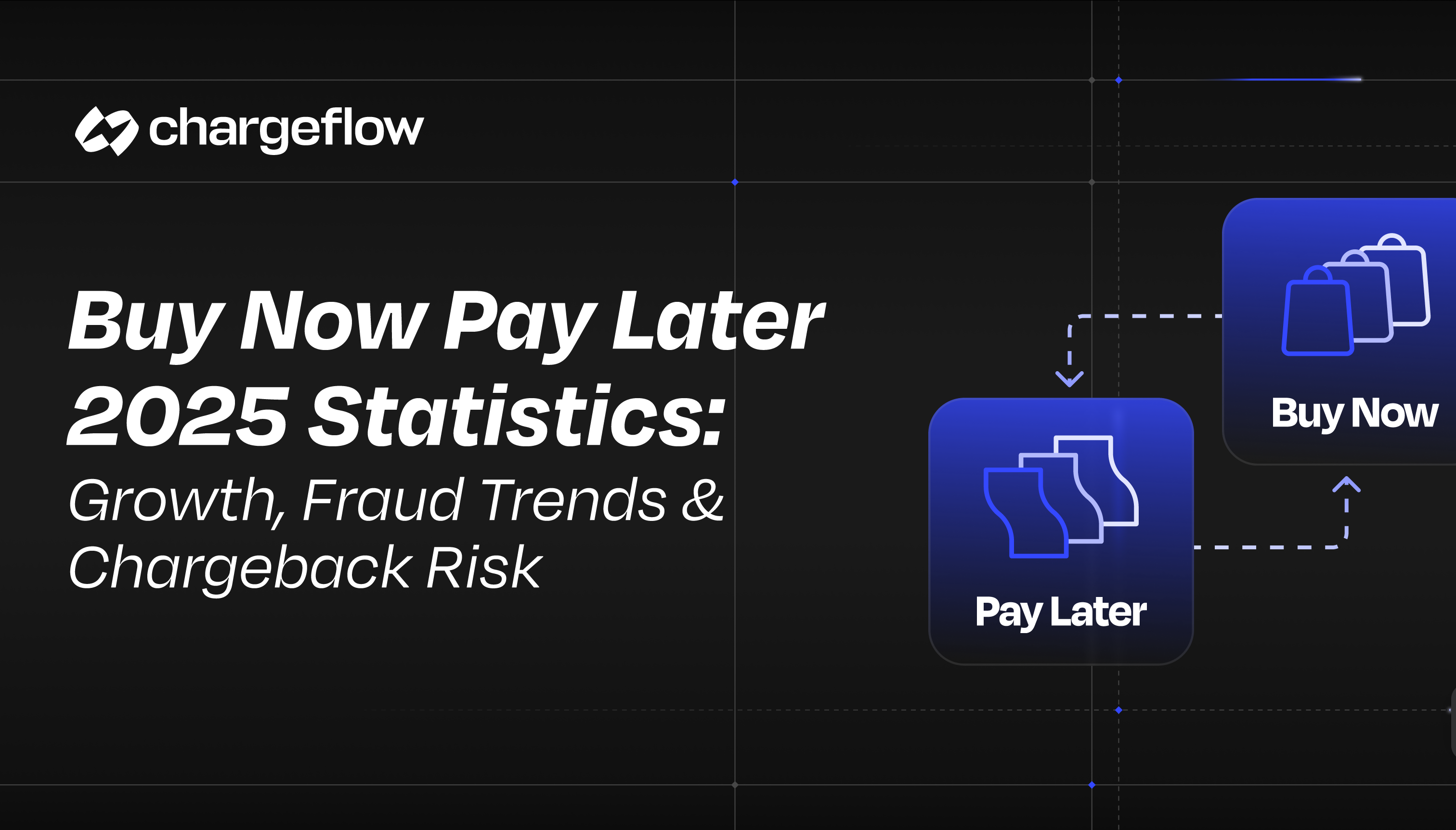Protect Your Store: Implementing a Customer Fraud Blacklist to Safeguard Your Business

Chargebacks?
No longer your problem.
Recover 4x more chargebacks and prevent up to 90% of incoming ones, powered by AI and a global network of 15,000 merchants.
Protect your store and business from fraud and losses with a customer blacklist. Learn how to create and implement one with our expert tips and advice.
As an online store owner, your business relies on the trust of customers - and when that trust is broken it can have serious repercussions.
A customer blacklist gives you the power to protect your store from potentially troublesome or fraudulent shoppers, helping you maintain a healthy relationship with legitimate customers while also safeguarding your business's financial well-being.
In this blog post we'll explore more about what a customer blacklist is, why it's beneficial to implement one, and how to do so in the most efficient way possible. Read on to learn more!
What is a customer blacklist?
A customer blacklist is a database of customers who have been identified as posing a risk to businesses due to their poor payment or credit history. It is a tool used to help companies mitigate the risk of losing money on bad debts by allowing them to identify individuals and organizations they should not extend credit to.
The blacklist usually contains names, addresses, contact details, and information on past interactions with other businesses. A business can consult the list before extending credit to a potential customer in order to assess their risk level.
Companies often work with third-party providers of customer blacklists who compile and maintain the lists using data from different sources such as public records, commercial service providers, and debt collectors.
The purpose of these lists is to protect businesses from customers who have repeatedly failed to pay what they owe or had multiple credit reports showing negative financial behavior.
Why should you implement a customer blacklist?
Running a business comes with a unique set of risks and challenges; it takes a certain level of dedication, planning, and understanding to stay afloat. One key measure that can help safeguard against fraud, theft, or other negative consequences is to implement customer blacklisting.
This process entails keeping lists of individuals who are known for any past negative activities such as scams or cyber-crimes; this allows business owners to identify these customers in order to protect their own operations.
Customer blacklisting can even help protect against potential future issues arising from malicious activities as well. It’s also important to note that due diligence should still be done before any individual is placed on a blacklist; this means properly verifying unknown customers in order to prevent any false positives from occurring.
Implementing customer blacklisting is one-way business owners can proactively secure their interests against fraudulent practices and activities.
How to implement a customer blacklist?
Implementing a customer blacklist can help protect businesses from further harm. The first step is to create criteria and establish why customers should be blacklisted; this could include past cases of bad behavior and threats to the customer experience or safety.
Next, it is important to set up a reliable system for ensuring the accuracy of each customer’s data, as well as for maintaining an effective method for updating the list.
In general, updating the list should occur on a regular basis–weekly or monthly–to ensure that customers who no longer fit the established criteria are taken off the blacklist.
Finally, ensure that all relevant staff has access to and understand how to use the list correctly, so they can determine if customers should be served or not with confidence.
All decisions are made by knowing what customers fall within the scope of being on the blacklist.
Tips for managing a customer blacklist
Keeping tabs on customers who have proven to be problematic can be a challenge, but there are several tips that can assist in managing a customer blacklist effectively.
Firstly, it is important to maintain accurate and up-to-date records on both current and past customers in order to use the data for informed decision-making.
Secondly, training staff on how to use the blacklist appropriately is integral so that any potential issues can be immediately addressed when required.
Finally, reviewing and regularly updating criteria for inclusion or exclusion from the list will ensure that only the necessary customers are subject to its restrictions.
By following these measures, businesses can easily keep track of those customers whose behavior might disrupt operations or cause harm to their reputation.
Potential drawbacks of a customer blacklist
A customer blacklist is an effective tool for many businesses to protect themselves against unfriendly customer behavior. However, one of its potential drawbacks is the risk of mistakenly blacklisting innocent customers.
For instance, if a company overgeneralizes or operates on bad data and unreliable information, it may end up mistakenly denying legitimate customers from accessing its services. This could result in lost revenue and a tarnished reputation.
To minimize these risks companies should always double-check any information they use to make decisions about who to put on their blacklist and have processes in place to promptly remove individuals from the list when mistakes are brought to their attention.
Moreover, companies need to develop ways of monitoring external sources that can alert them before any potential missteps occur.
Overall, careful consideration needs to be given when constructing a customer blacklist as this will impact both the customer experience and the company's partner relationships.
Final Thoughts
A customer blacklist can be a powerful security measure to protect your business from theft, violence, and other dangerous or disruptive behavior. When implemented correctly, a customer blacklist can help you maintain a safe and secure environment for both employees and customers.
If you are considering implementing a customer blacklist at your business, there are a few things you should keep in mind. First, make sure you have a clear and consistent policy for adding customers to the blacklist. Second, train your employees on how to properly use the blacklist so that they know when and how to access it.
Lastly, be aware of the potential drawbacks of using a customer blacklist so that you can avoid any negative consequences.

Chargebacks?
No longer your problem.
Recover 4x more chargebacks and prevent up to 90% of incoming ones, powered by AI and a global network of 15,000 merchants.






























.png)








